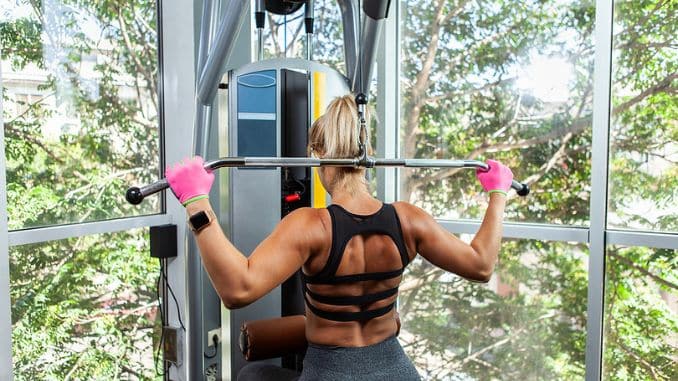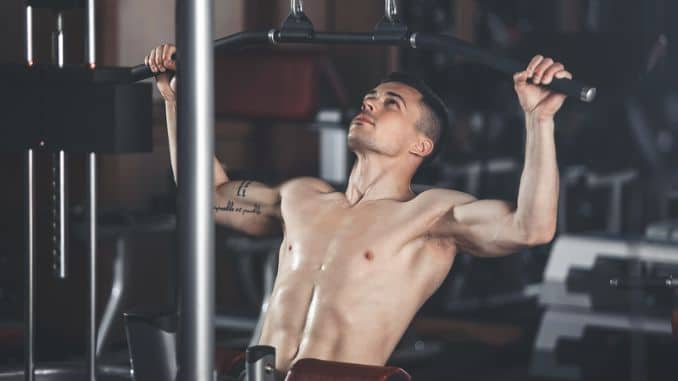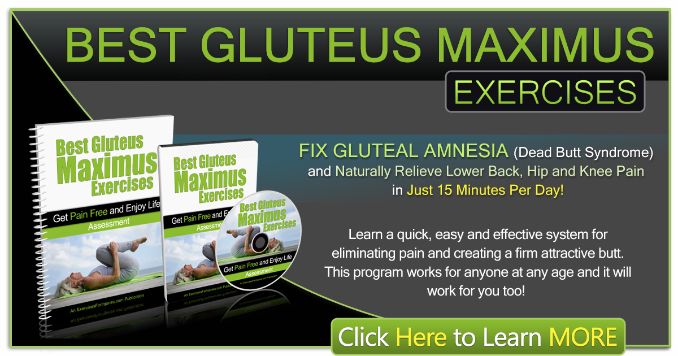
The importance of vertical pulling is a piece of the strength and conditioning puzzle for several reasons. First, it helps us achieve balanced strength and conditioning training. If all we did were horizontal pushing exercises like bench press, bent-over row, and pull-ups, that would place our shoulders and anterior deltoid in a much weaker position. Compensatory muscle imbalance could result in some pretty ugly side effects down the road. Second, it’s beneficial because most people tend to have weak posterior delts and poor posture when sitting at desks all day long with slumped shoulders. Strength & Conditioning Journal published an article that concluded that vertical pulling exercises are among the least commonly performed resistance training exercises.
It’s Friday, so let’s dig into the email and Facebook questions.
Here we go.
I got this question via email:
Why is it important to add vertical pulling to your exercise program?
– Fran
I asked the pull-up queen, Shawna Kaminski, to give this a go. This is what she had to say:
Your body is designed to work in several movement patterns. To have a balanced physique that has less chance of injury, you want to work your body in all these movement planes:
- Horizontal Push
- Horizontal Pull
- Vertical Push
- Vertical Pull
- Quad Dominant
- Hip/Hamstring Dominant
- Elbow Flexion
- Elbow Extension
You should design your program in such a way that for every horizontal push exercise, you have a horizontal pull exercise. That goes for vertical push exercises and vertical pull exercises as well. Many programs heavily involve horizontal pushing (think bench press) and neglect pulling all together, or if there are pulling exercises, it’s often in the horizontal plane (as in rows).
It’s essential to balance the physique and avoid injury by including all planes of exercise in terms of volume of work as well.
~ Shawna Kaminski
Awesome, Shawna.
Thank you so much.
If you want to check out Shawna’s Pull Up program, you can check it out here.
Muscle Imbalances Revealed Has Blown Me Away
Some kind words about the last edition of Muscle Imbalances Revealed:
Your Muscle Imbalances Revealed Product has seriously blown me and my entire training staff away. I really mean that!
We have been absorbing it for the past few weeks.
You make us feel like muscle imbalance professionals!
Just the ability to talk to my doctor and physical therapist friends and wow them with my new found knowledge is priceless.
This is a MUST for every fitness professional. It makes you feel like a “newbie” again. Thanks again Rick for feeding my craving for brain food 🙂
Brian Kalakay, CFT, CTT
ttbootcampgames.com
Working Gluteus Medius (GM) is a Fallacy!
With Gluteus Medius Exercises being released, this question is fitting.
Hey, can you share with me your thought on the belief that it is a fallacy that GM training will help with some issues of knee pain?
I hope my English makes sense since I am Danish
– Allan
Training gluteus medius will help with knee pain.
Let’s qualify what type of a person it will help.
I don’t know of any research that says that if the general public has knee pain, their pain level will change if they do gluteus medius exercises.
There is evidence in runners with knee pain that performing an exercise rehabilitation program will improve their patellofemoral pain syndrome (runner’s knee pain).
In the article, they did not just do gluteus medius exercises. They focused on activities that improved quadriceps, hip abductor, and hip external rotator strength.
It would help if you thought about this when designing an exercise program for a runner with knee pain.
Plus, there are several ways that you must strengthen gluteus medius. Doing clam exercises is not enough.
They say there might be a therapeutic benefit of increasing your step rate if you are an injured runner, as you get better gluteus maximus and gluteus medius activation when you do so.
Cool.
I just sent You Your DVDs
An Assessment & Exercise contest winner was excited to hear he won and that I had just sent him his DVDs. Very cool.
Thank you Rick!
I am super excited to receive such a great tool to use with my clients!!
I greatly appreciate the support & work you put in to this & can’t wait to start learning.
Regards
Vaughan
Vaughan is 1 of about 118 people from 21 countries that have ordered their Assessment & Exercise DVDs.
Knee Section in Assessment and Exercise
Got a question about one of my sections in Assessment & Exercise:
Hi Rick,
In the section Knees and Toes you mentioned full range safe squats to do.
Is there a video demonstration of the Hands Together I – Finger Touch and Fingers to the Side Touch?
Additionally, one of my clients had an injury to her knee where there was swelling on the inner side of the knee. What type of injury could that be? I believed she might have hurt it when performing lunges which she usually does without any issues. She previously had a knee injury.
Regards,
Renee
Renee,
Yes, I have one in my exercise library. I will email it to you.
It is difficult to say what your client has.
A lot of stuff can cause medial knee swelling.
I would get her to look at it to find out what it is.
Suppose it is lunges that irritate things. I would suggest performing static lunges that are 1/4 or 1/2 in depth.
August’s Injury of the Month: Gluteus Medius Exercise
This month’s Injury of the Month is not an injury but a category of exercises I often use for lower back, pelvis, and lower body injuries.
Since I refer to them often, I thought putting them into a program would be best.
This month is a double shot, so you will also get the gluteus maximus program which will be coming out tomorrow.
That is it for this week.
Have a great weekend, and we will talk to you on Monday.
Rick Kaselj, MS



